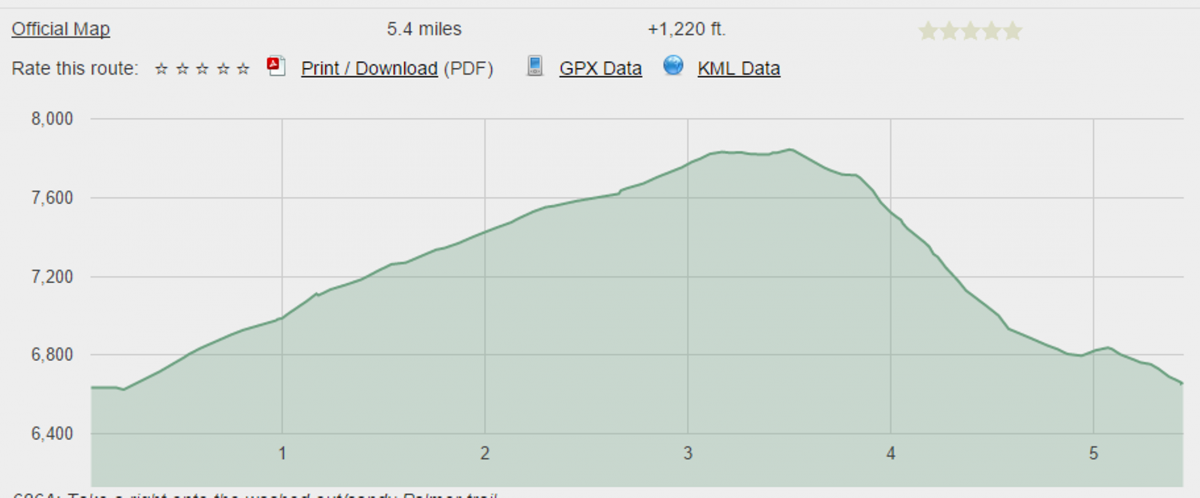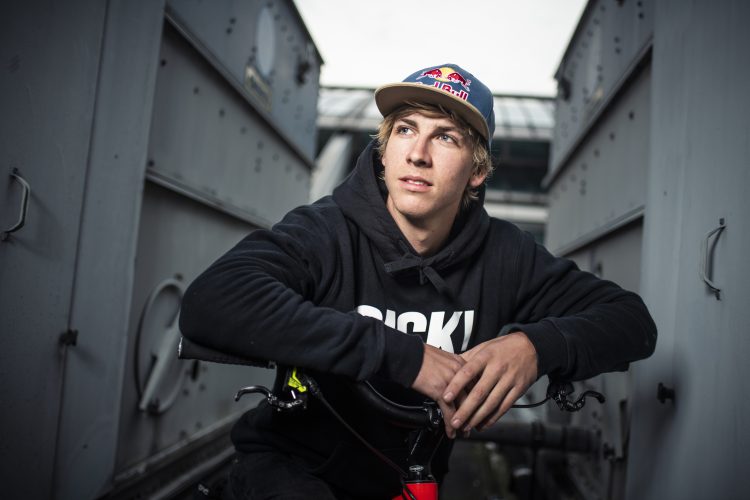“Ahhhh, the weekend approaches. Where shall I ride tomorrow?”
For some people, this is not often a question of note as we have limited options next to the house, so we simply ride wherever is convenient. But for most, there is a wide variety of choices within a day trip of home, and certainly when we have a weekend at our disposal.

How hard (and in what way) are you willing to work for it?
I have always thought of rides along two axes: physical challenge and technical challenge. Personally, I gravitate toward trails that rank high on the technical challenge scale but not too high on the physical challenge scale, so my usual go-to ride in Colorado Springs is Palmer Park, a 750-acre preserve in the middle of town containing over 20 miles of singletrack on a collection of rocky buttes.
But for days when I’m more interested in getting the heart rate up and keeping it there, I climb The Chutes, Gold Camp Road, and Buckhorn for a few thousand verts of aerobic action followed by a fast and furious, but not life threatening, descent on Captain Jack’s. When I’m looking for a big chunk of both, I make the climb through Bear Creek Park or Red Rock Canyon to the Palmer Section 16 loop for some relentless climbing followed by some of the gnarliest trail in the state.
You know who you are, what you want, and whether or not you’re willing to put forth the effort to get it. That’s your baseline.

What do you want from your ride?
Unless you live in a few select locations, you won’t have this kind of variety all within riding distance of your house. Since some travel may be required and time is usually limited, you want to make the best use of it by selecting the ride that you will enjoy the most.
First, you’ve got to decide what you want out of your ride: exercise, scenery, solitude, technical training, a quick sprint, or an all day marathon? Some combination of all of those? How far are you willing to travel to get to the ride of your choice? The criteria and importance of each are as myriad as the riders assessing them. If you have an idea what you want from your ride, then the research begins.

Resources
A decade or more ago, guidebooks were the best source of trail information. However, the internet has fully supplanted print copy in this regard for a number of reasons. Books are limited by space while the ‘net is infinite. A typical guidebook may detail a dozen to as many as 50 or so rides, but a website can give you just about every trail you might want to consider.
What’s more, the guidebook will have the perspective of a single author. No matter how knowledgeable and unbiased that author may be, it is still just one perspective. Most trail reviews on the web will have numerous reviews and, while some of them may be less than professional, reading a group of them will definitely help you form a more accurate mental picture of what you may be in for and if that ride is right for you. Fortunately, the Singletracks trail database has comprehensive descriptions of thousands of trails including descriptions, topo maps, elevation profiles, GPS tracks, professional and amateur reviews, photographs, and even videos.

Speaking of pictures, the Singletracks has tons of them. A picture, being worth a thousand words, will also help you get an idea of what the ride may be like. One of the things that originally drew me to Singletracks was the fact that the site allows the upload of any number of pictures for any given ride, giving me my first, and still my best, opportunity to assess the viability of a particular ride.

Some guidebooks and web sites will also have other resources which give you a feel for whether or not a ride meets your wish list criteria. One of my favorite features in the guide books which use them is the elevation profile. In fact, I simply didn’t purchase any guide book which didn’t have them. Now, like maps and descriptions, the web has plenty of these as well.

Another benefit of the ‘net is the opportunity to share questions and answers with fellow riders.
As the old poem goes, the best laid plans of mice and men often go awry, so picking a trail may also involve having a backup plan. More than once, I have arrived at a trailhead only to find the trail closed. Weather, trail damage, maintenance, aggressive bears, mountain goat kidding season, hunting season, and many more things you may not have thought about may close your intended trail. Does your choice have other riding options nearby? It helps to be of a mind that, no matter how set you are on a particular trail, that you’re blessed any time you’re turning cranks. Here, I have also found the “nearby trails” feature on the Singletracks app to be helpful, as it has directed me to alternate rides. Even when completing the ride of my choice, I often have plenty of leg left and so go looking for another ride to add to my day–and being able to quickly locate such options on the fly is a huge benefit.

If there are no other available trails in the area, are there other non-riding options? Sometimes, I’ve just had to leave my bike on the roof rack and hike instead. One day being rained out–in Moab, of all places–my riding buddy and I simply hiked into the wonderful Negro Bill Canyon (where bikes aren’t allowed) and saw things we would not have been able to see otherwise, including standing a thousand feet below the edges of the Slickrock Trail and watching rainfall spout down like so many waterfalls in from the grooves between the slickrock mounds so high above.
If you’re totally weathered out, your only recourse be a matter of cruising back into town and finding the local mom-and-pop diner and finding out that they make a wicked good apple pie or milkshake. When I was in the Air Force and things would go awry, we’d simply adapt and say, “flexibility is the key to air power.” It’s also the key to great experiences on… or near… the trail.
Your Turn: Do you have any personal tips for choosing the best trail to ride? Share them in the comments section below!



















0 Comments